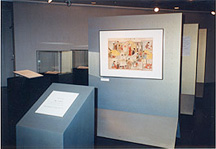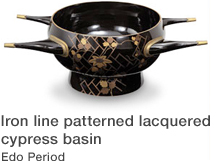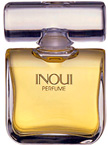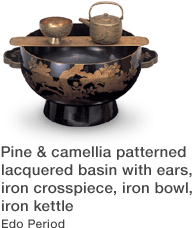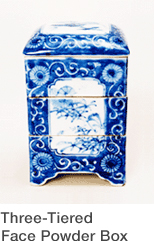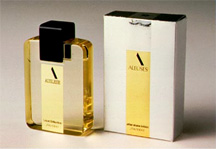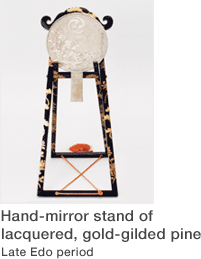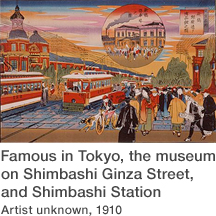Women's Sugoroku Game
Worldviews of Meiji-Era
Japanese Women

27 November (Tue), 2001 to 27 January (Sun), 2002
Sugoroku is a Japanese game (similar to the Western “snakes and ladders”) popularly played during the New Year's holidays. Around the 20th century, women's magazines began appearing in great numbers, and the sugoroku games these carried as supplements became quite popular. This exhibition considered such fascinations of those times and introduced some of the feminine worldviews considered proper at that time.




